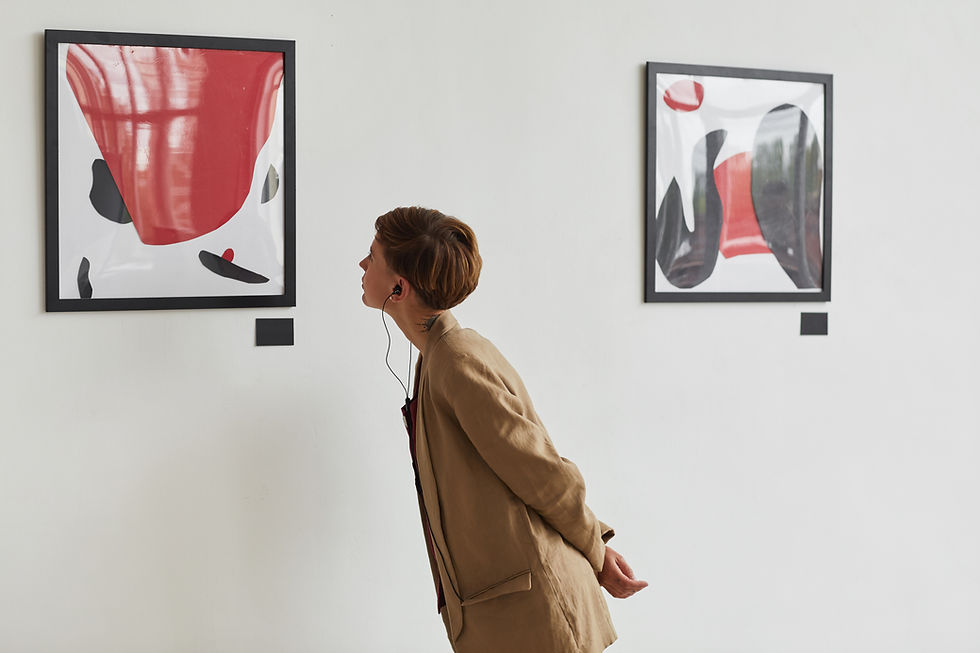When analysing the business performance of a museum, one fundamental key performance indicator is the number of visitors, which is related to the generation of its primary revenue from ticket sales. Just like any other organisation with financial needs, museums must determine how to improve their service and product offering to attract visitors and drive revenue. Even though most museums are non-profit organisations, they must also understand how to best serve their potential audience to sustain the whole operation.
The collection of exhibits within a museum can be considered as its core value proposition for attracting visitors, packaged through a visitor experience that aims to entertain and educate the audience. Museums would be mostly known for their permanent collections yet would also strive to offer temporary exhibitions that help to keep the experience fresh and more attractive to returning visitors. A healthy combination of permanent and temporary exhibitions is usually recommended to maintain a sustainable income stream . In addition to ticket sales, other revenue streams exist for museums that involve any retail or hospitality activities, together with special events that may be organised from time to time. Yet, the latter's success also depends on the number of visitors, which leads to the conclusion that a core asset for a museum to sustain itself is its collection of exhibits.

This article explores how a museum can better understand the performance of its exhibits, leading to insights that empower decision-makers to curate better collections.
The ultimate first step would be to measure visitor activity. As introduced in previous articles (reference below), we’ve outlined how the MAtics project, through computer-vision technology, automates the mundane tasks that bore human evaluators while augmenting the strong human qualitative capabilities with AI-driven insights.
A potential metric for measurement would be the Exhibit Attention Score, an averaged calculation based on the time visitors dedicate to a particular exhibit. The underlying assumption is that the longer an exhibit holds the visitor’s attention, the more important the piece of art is to the collection. The detail behind what behaviour qualifies as attention is subject to the measurement framework, which is ultimately irrelevant as long as consistency is maintained.
Measuring the performance of each exhibit individually was the objective for the ‘v-zoom’ system developed within the MAtics project. The zoom system consists of a front-facing camera which monitors the behaviour of the visitors in front of the exhibit. The exhibit could be of various shapes and sizes, ranging from artworks to AV installations to sculptures etc. In addition, the ‘zoom’ system can operate through different camera sensors, which are chosen depending on the environment in question. Multiple zoom nodes can be deployed within a museum coupled with a processing workstation that performs local, on-the-edge calculations. This eliminates the need to process sensitive data in the cloud, ensuring better privacy and overall algorithmic performance.
Due to the sensitivity of the raw content, visitor privacy is at the core of the MAtics project. A privacy-by-design approach was taken when designing and building this project. In practice, this means no identifiable data is stored anywhere in the system, and no identifiable personal data is uploaded to the cloud. Using state-of-the-art methods in AI that the SeyTravel team is equipped to deliver, the privacy of individuals is safeguarded while not jeopardising the quality of insights provided to evaluators and decision-makers.
In this way, as an example, a report from a museum may show that an exhibit with a TV screen showing a looping 5-minute video obtains an average attention score of only 50 seconds. Whereas a neglected exhibit in a corner manages to score best when compared to others in the same area. Both of the above would serve as qualified leads for further investigation leading to more informed decisions regarding future investments. Collectively, zoom nodes may be fused together to unravel further insights into visitors’ journeys which may also be drilled down according to demographic groups.
Similarly , the museum may be interested in certain sites within a building. The MAtics project addresses this requirement via the ‘v-wide’ system. The ‘wide’ node is based on an overhead wide-angle camera sensor which captures activity across a larger area. In this way, museums can compare the performance of spaces through this smart footfall calculation. Results obtained from the system are still to be adequately interpreted by museum staff to understand the underlying reasons for the performance. The difference between the two spaces may be due to the quality of the collections within each space but may also be due to improper wayfinding and signage.
Getting the right elements and configuration of a museum collection will involve various trial and error experiments until an optimum solution is found. Having the tools, such as the MAtics system, to perform such experiments is vital to empowering professionals to curate better future collections and experiences.
This article is based on the research project - MAtics (Museum Analytics) which is financed by the Malta Council for Science & Technology, for and on behalf of the Foundation for Science and Technology through the FUSION: R&I Research Excellence Programme’. For more information, refer to https://www.seytravel.com/matics.

Comments